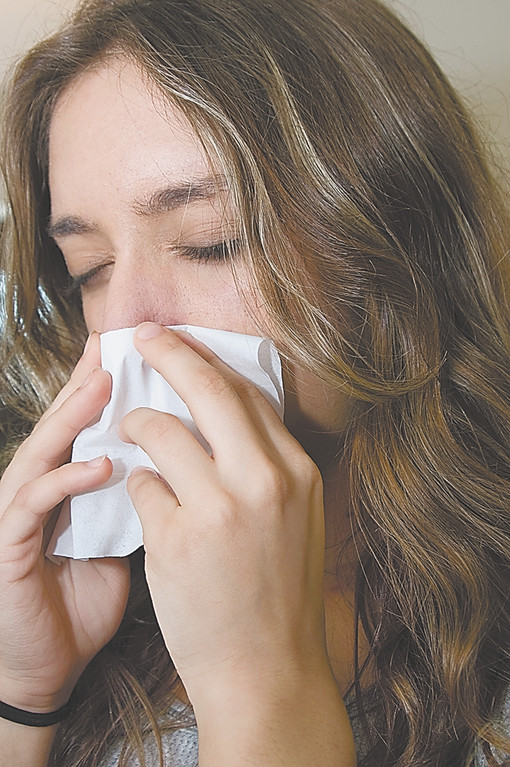Storm stirs up pollen, allergens
Sufferers facing additional burden
Earthquakes, hurricanes … and uncomfortable levels of congestion? It’s true. While many residents seem to have dodged the worst effects of Tropical Storm nee Hurricane Irene over the weekend, one snuffle-stricken group is finding that their trials are far from over.
In the wake of powerful, churning winds and driving rain that left flooding and other standing water, people who suffer from seasonal allergies are having one of the worst weeks in recent memory.
According to Dr. Cliff Bassett, medical director of the Allergy and Asthma Care Center of New York, “Stormy weather, including tropical storms and hurricanes, can worsen allergies and asthma because increased gusty winds can seriously spread wet mold spores into the air.”
Bassett added that the problem was exacerbated by power outages that may have rendered allergen-reduction measures ineffective. “If a homeowner loses power, air conditioning, which filters and dehumidifies warm, humid air, can allow outdoor allergens — particularly mold spores — to enter the home and trigger allergy associated symptoms,” he said. “In many areas we’re already seeing high levels of various pollens, including ragweed, weeds and mold spores.”
Another allergy-related problem will likely be rearing its head in the coming weeks. With uncommon levels of moisture in the air and in area homes, there will be more mold and mildew. The malodorous growths thrive not only in basements, but in wall cracks and weakened roofing, and will thus attack sufferers from unusual directions.
Here are several ways Bassett suggests that people battle allergies in the wake of the storm:
n Opening windows to “air out” your home may be tempting, but it will also allow in additional allergens.
n If you suffer from pet allergies, anticipate worsening of your symptoms, as you will be spending more time inside with pets.
n Many air conditioners have a “do not recirculate” mode. Engage this to both filter the air in your home and prevent additional contamination.
n Replace air conditioner and furnace filters as soon as is practical after the storm.
n Molds will grow in piles of fallen leaves and branches. Clear or bag these as early as possible to contain its growth. You can also measure the levels of contamination already present in your home with an inexpensive device called a room hygrometer.
n With humidity levels on the climb, consider installing a room or central dehumidifier to prevent allergen growth.
If symptoms persist, work with your family doctor or allergist to devise solutions for your problems. (You can find qualified professionals at www.allergyandasthmarelief.org.) Also, always keep your medications and your health care provider’s contact information close at hand.
Comments about this story? CConnolly@LIHerald.com or (516) 560-4000 ext. 283.






